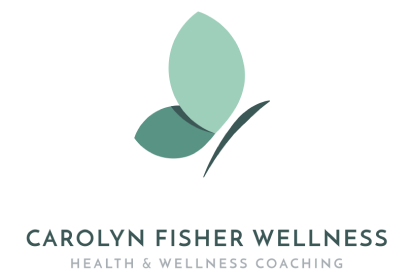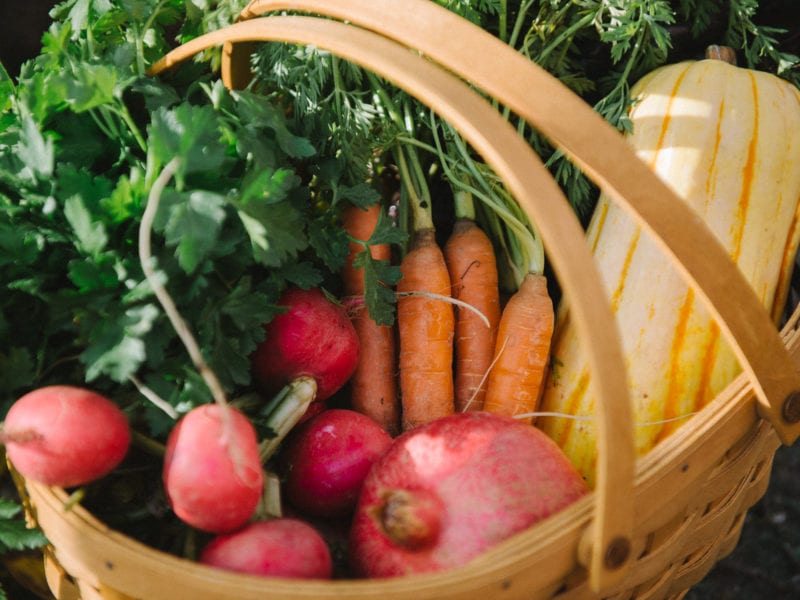This is my first post (of many to come) on my favorite pillar of Lifestyle Medicine: a diet of predominantly whole plant-based foods.
Today I’m quickly highlighting a few main points to explain why plants are superfoods we can make the foundation of our diet to be healthier. I’ll cover…
- What makes plants (aka carbohydrates) unique (yep, “carbs” can be our friends)
- Some benefits of the unique properties of plants
- My top two tips on how to easily introduce more plant foods into your diet
I cite a few studies below and if you’re interested in the volumes of research findings on the efficacy of a WFPB diet on improving health outcomes check out PlantBasedResearch.org
Why Plants are Superfoods
Just a reminder that plant foods fall into four categories:
- Fruits & vegetables
- Whole grains
- Beans & legumes
- Nuts & seeds
There are two primary reasons why plants promote optimal health: fiber and phytonutrients. (Also, they’re delicious!)
Just to be clear, only plants contain fiber and phytonutrients; animal foods do not contain these beneficial compounds.
Also, keep in mind that getting dietary fiber and phytonutrients from a bottle at the pharmacy is not the same as eating whole foods! Supplements are not as nutritionally complete or bioavailable as whole food nutrition and are best when used as intended—as supplements, if needed, to a healthy diet.
Let’s take a closer look at fiber and phytonutrients and their function in the body.
Fiber
Fiber isn’t the “sexiest” topic, but it’s so important. There are two types of fiber:
Insoluble fiber acts like a broom in the intestines and plays an important role in the digestive system. It…
- helps maintain a healthy weight by making us feel full;
- aids the elimination/detoxification process; and
- feeds our friendly “gut” bacteria which boosts immunity and mental health (Fun fact: The majority of the “happy hormone” serotonin is manufactured in our intestines!)
Vegetables and whole grains are great options for adding insoluble fiber.
Soluble fiber combines with water in the intestines to become gel-like and also plays an important role in digestion and nutrient absorption. Additionally it…
- helps stabilize blood sugar levels; and
- shuttles cholesterol out of the bloodstream.
Whole grain oats, beans/legumes, and whole citrus fruit (juice doesn’t count) are my favorite sources of soluble fiber.
High fiber intake also lowers the risk of many chronic diseases including coronary heart disease, stroke, high blood pressure, and diabetes. High fiber can even lessen the pain of menstrual cramps.
The recommended amount of fiber is 25 grams for women (38 for men) however only 5% of Americans consistently hit this target.
If eating more dietary fiber is a goal for you, read to the end for my top two tips on how to get started.
Phytonutrients
Phytonutrients are chemical compounds that, like fiber, are found only in plants. (Phyto = plant.) They fight chronic disease and cancer, protect our heart, and reduce inflammation, among other beneficial functions.
If you’re heard the term “eat the rainbow” this is a reference to the wide variety of fruits and vegetables that “show off” their phytonutrients with bright colors. Each color indicates a unique group of phytochemicals with special functions in the body. (The exception is the tan group which includes mushrooms and onions, both definitely superfoods.)
Here’s an experiment you might have seen that illustrates the power or phytochemicals: Lemon juice is applied to one half of an apple. After a while, the side of the apple without the lemon juice is brown while the side with the lemon juice looks mostly unchanged.
Lemon juice is rich in the antioxidant Vitamin C! High doses of Vitamin C can even kill cancer cells.
Side note: Ladies, we can help our skin age more like the apple with lemon juice by eating lots of high Vitamin C foods such as citrus fruit, broccoli, and bell peppers. Add foods high in the essential amino acid lysine (soy, quinoa, some nuts and seeds) and bump up your collagen production. (I take a lysine supplement but, again, check with your doctor first before adding supplements to your diet.)
Vitamin C is just one of many antioxidants and antioxidants are flavonoids, just one group of many categories of phytonutrients. There are over 25,000 phytonutrients and I want to keep this post short so I’ll simply include a list of the Top 12 phytochemical-dense foods here, reposted from AskDrSears.com.
- Soy (edamame, tempeh, etc.)
- Tomato
- Broccoli
- Garlic
- Flax seeds
- Citrus fruits
- Melons: cantaloupe, watermelon
- Pink grapefruit
- Blueberries
- Sweet potatoes
- Chili peppers
- Legumes: beans, lentils
Dr. Joel Fuhrman coined the acronym G-BOMBS for his top six superfoods:
- Greens
- Beans
- Onions
- Mushrooms
- Berries
- Seeds
There’s no Recommended Daily Allowance for phytonutrients however the dietary guidelines recommend that adults eat…
- 1.5-2 cups of fruit
- 2-3 cups of vegetables daily
- at least 3 servings of whole grains
Don’t forget the beans, legumes, and, in moderation, nuts and seeds to get the widest possible variety of nutrients.
My Top 2 Tips to Get More Fiber & Phytonutrients
Here are my favorite tips to help you ensure that you are giving your body a rich supply of fiber and phytonutrients:
- Begin lunch and dinner with a small serving of raw vegetables and include them with every snack.
When you’re hungry, raw vegetables have never tasted so good! A plus is that you’ll need to eat less calorie-dense options later in the meal because the fiber will begin to fill your stomach.
You don’t need to throw together a whole salad. Take some time to wash and chop veggies in batches and store them in clear containers in plain sight in the fridge. You could serve a vegetable tray as an appetizer before dinner. Or keep a bag of carrot sticks in your purse or at your desk so you’re ready when you need a quick snack.
If raw vegetables aren’t your favorite, try lightly steaming them for just a few minutes, then rinse in cold water, and refrigerate. If you don’t like cooked vegetables and want to learn you can read some of my tips in this post about how to help kids eat their veggies. The tips work just as well for adults. It’s never too late to change our habits!
This is just one idea..I’ll put together another post soon with more options on how to get more fiber and phytos.
- Introduce fiber slowly and take a digestive enzyme if needed.
Don’t let gastric upset derail your effort to upgrade your diet. Introduce beans, legumes, and cruciferous vegetables (broccoli, cabbage, cauliflower, etc.) one at a time and keep servings sizes to a half cup at first. If a particular food causes intestinal gas and bloating, set it aside and try another option in the same category. Typically, people are sensitive to a few but not all of these foods.
Tip: I use Country Life Maxi-Zyme enzyme capsules to control gas when I eat the foods that tend to bother my gut in this way. Easy peasy fix and not too expensive. (Disclaimer: Please check with your health care provider before taking dietary supplements.)
I hope you found something helpful in today’s post. If you did, please let me know what it was in the comments!
Disclaimer: I’m realizing now, after almost finalizing this post, that Vitamin C can be found in a few animal foods (liver and oysters) in trace amounts, not significant enough to meet the body’s needs. So while Vitamin C is a loophole phytonutrient, in retrospect, I should have chosen a better example of a phytonutrient! Oh well, you get the idea: plants are amazing!


 My Favorite Wellness Resources
My Favorite Wellness Resources